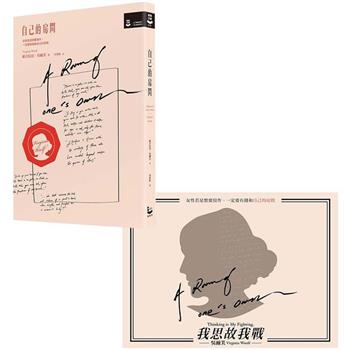Gayler grew up in a Navy family and thus was exposed to a variety of locales as a youth. He attended a West Point prep school in Hawaii before entering the Naval Academy, from which he graduated in 1935. As a junior officer, he served in surface ships: the battleship USS Maryland (BB-46), 1935-38; destroyer USS Maury (DD-401), 1938-39; and the destroyer USS Craven (DD-382), 1939-40. He received flight training at Pensacola, Florida, in 1940, and then served in Fighting Squadron Three (VF-3) and Fighting Squadron Two (VF-2) from 1940 to 1942. He was one of the Navy’s first fighter aces in World War II; his carrier, the USS Lexington (CV-2), was lost in the Battle of the Coral Sea. Subsequently, he served 1942-44 as a test pilot, commanded Fighter Squadron 12 (VF-12) in 1944-45, and from May to September 1945 was on the staff of Vice Admiral John S. McCain. Gayler served 1946-48 as executive officer of the Special Devices Center, Office of Research and Inventions, Fort Washington, New York, and as operations officer of the escort carrier USS Bairoko (CVE-115), 1948-49. From 1949 to 1951 was in the Fighter Design Branch, Bureau of Aeronautics and from 1951 to 1954 commanded Air Development Squadron Three (VX-3). Tours in the mid-1950s included the Air Warfare Division, Military Requirements Branch, of OpNav; command of the seaplane tender USS Greenwich Bay (AVP-41); and as operations officer on the Pacific Fleet staff. From 1957 to 1959 he was aide to Secretary of the Navy Thomas S. Gates Jr., then commanded the aircraft carrier USS Ranger (CVA-61) in 1959-60. In 1960-62 he was U.S. Naval Attaché in England; in 1962-63 commanded Carrier Division 20; and from 1963 to 1967 served as Assistant DCNO (Development). Gayler was Deputy Director of the Joint Strategic Target Planning Staff from 1967 to 1969 and from 1969 to 1972 was Director of the National Security Agency. His final active-duty tour, 1972-76, was as Commander in Chief Pacific, during the end of the Vietnam War. Admiral Gayler’s oral history is noteworthy for his discussion of nuclear weapons. Early in his career he was involved in developing tactics for delivering such weapons; later he campaigned for the abolition of them.
| FindBook |
有 1 項符合
Reminiscences of Adm. Noel A. M. Gayler, USN (Ret.)的圖書 |
 |
Reminiscences of Adm. Noel A. M. Gayler, USN (Ret.) 作者:Gayler 出版社:US Naval Institute Press 出版日期:2018-01-03 語言:英文 規格:精裝 / 382頁 / 27.94 x 21.59 x 2.24 cm / 普通級/ 初版 |
| 圖書館借閱 |
| 國家圖書館 | 全國圖書書目資訊網 | 國立公共資訊圖書館 | 電子書服務平台 | MetaCat 跨館整合查詢 |
| 臺北市立圖書館 | 新北市立圖書館 | 基隆市公共圖書館 | 桃園市立圖書館 | 新竹縣公共圖書館 |
| 苗栗縣立圖書館 | 臺中市立圖書館 | 彰化縣公共圖書館 | 南投縣文化局 | 雲林縣公共圖書館 |
| 嘉義縣圖書館 | 臺南市立圖書館 | 高雄市立圖書館 | 屏東縣公共圖書館 | 宜蘭縣公共圖書館 |
| 花蓮縣文化局 | 臺東縣文化處 |
|
|
圖書介紹 - 資料來源:博客來 評分:
圖書名稱:Reminiscences of Adm. Noel A. M. Gayler, USN (Ret.)
|











